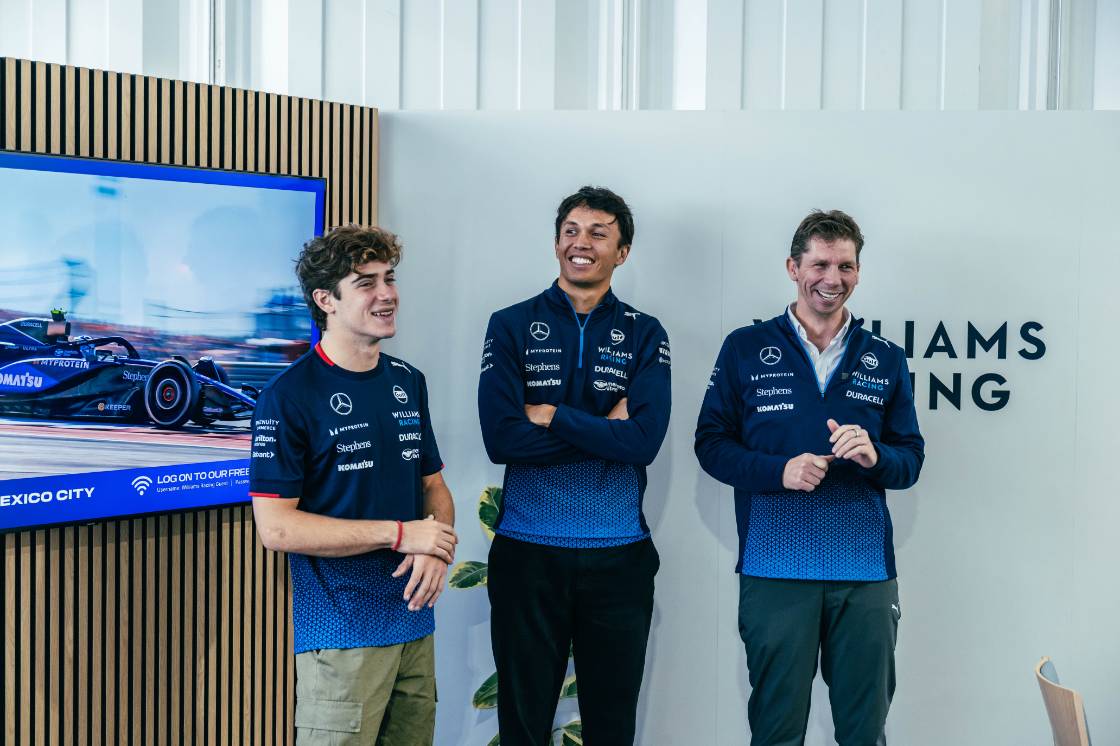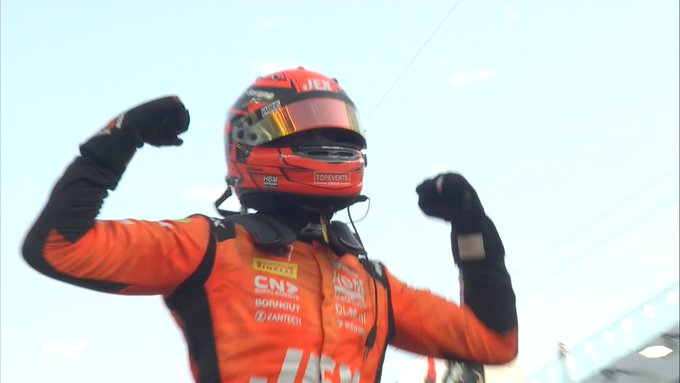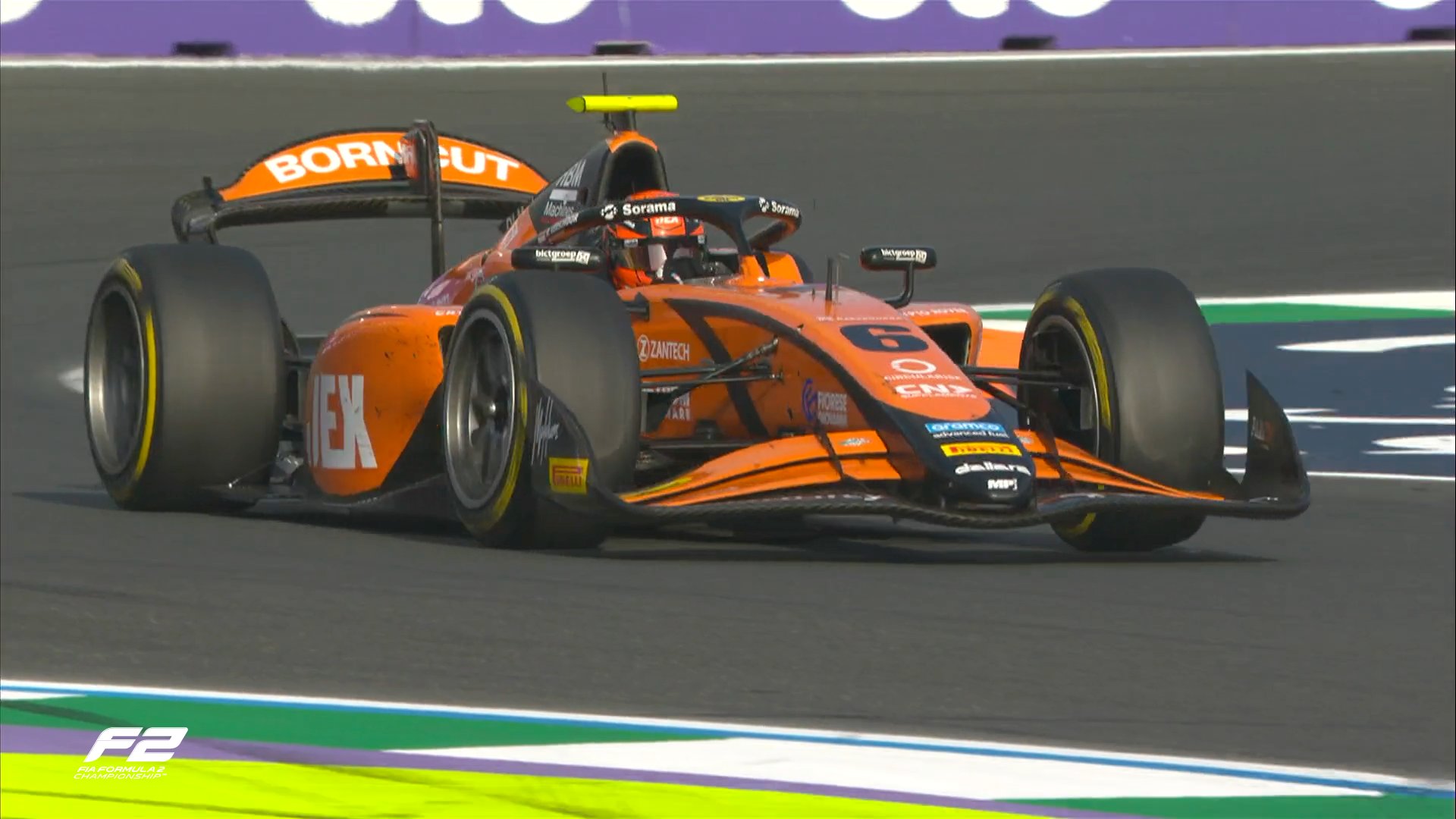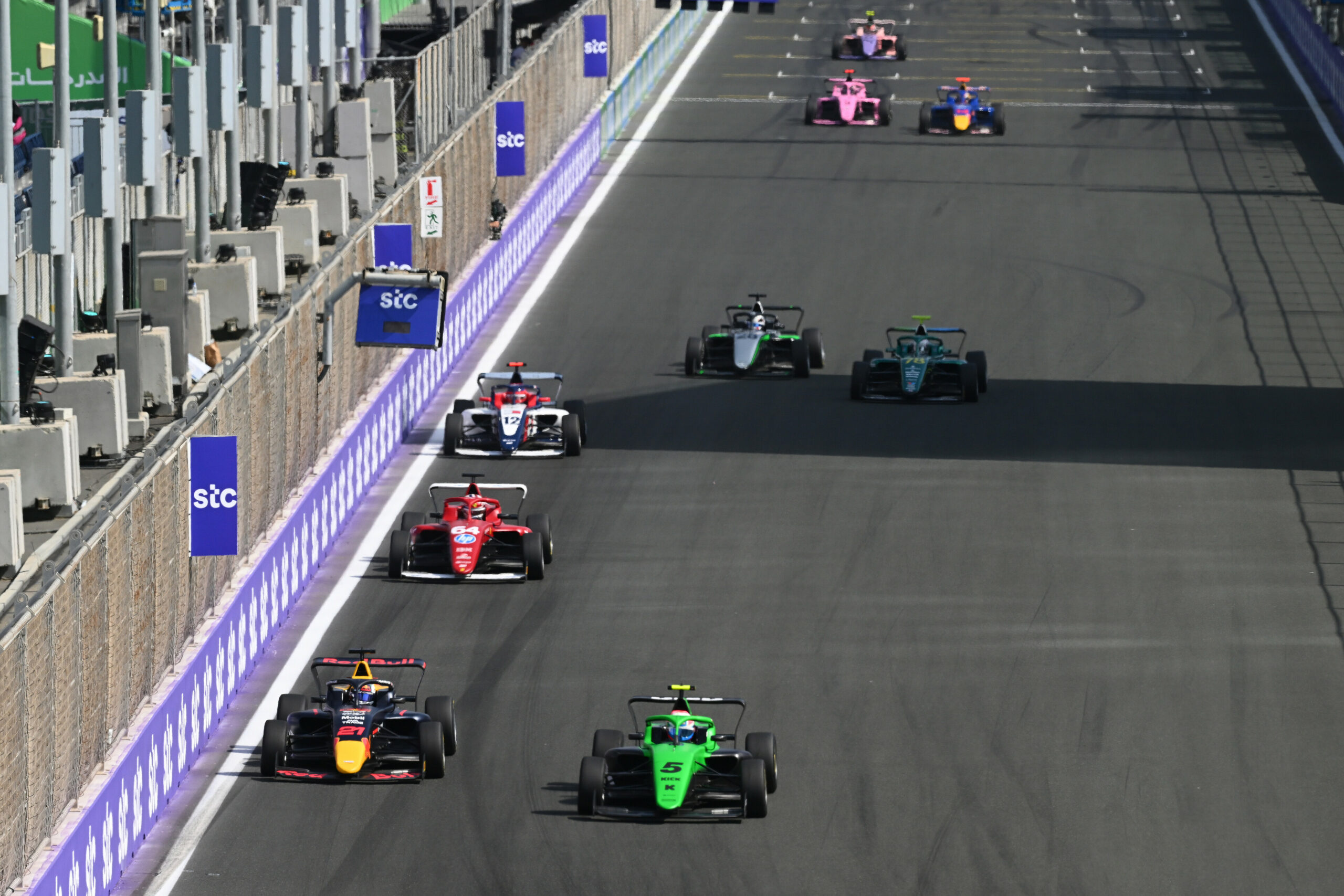Franco Colapinto’s rapid rise to an F1 seat with Williams, replacing Logan Sargeant mid-season to partner Alex Albon, has thrown fresh fuel on a longstanding debate in motorsport: are junior series results in F2 a reliable gauge of F1 potential?
Colapinto, whose junior career lacked the dominant performances typically expected, has held his ground impressively against his seasoned teammate, Alex Albon.
Speaking ahead of the Brazil GP, Albon offered insight into the complexities of judging talent across F2 and F1.
“It’s tough,” Albon shared. “It’s a bit of a dark card, I think. You need a very strong junior team, and you need a junior team that truly understands the teams in Formula 2, Formula 3, knowing what teams are performing, what teams aren’t.”
The Thai driver explained that inconsistency is a significant factor in F2, with top teams constantly shifting year to year, much like in F1.
He noted that it’s difficult to accurately gauge the performance of a midfield F2 team compared to a top team in the same series.
“Year to year, just like in F1, the top team is changing all the time, and there’s not a true understanding as to how can you quantify a midfield Formula 2 team versus a top team Formula 2 team.”
With F1 teams forming partnerships with junior teams, young drivers with the right backing often get access to top-performing equipment, creating an “allegiance,” similar to the one Ferrari has with Prema in recent times.
“And also, just the fact that the Formula 1 teams now have so much power, they can generally get their drivers into the best teams.
“So you get this, for example, Ferrari with Prema, or I guess at the moment Red Bull with Hitech.
“There’s almost an allegiance towards it, so it does make it more complicated in some ways to really know what’s going on.”
The lack of reliability with the car in the current series is something to take into account, says the two-time podium finisher.
“Obviously there’s also reliability issues in Formula 2 quite often, so that makes it more tricky.”
Albon too faced similar challenges in his junior career and highlighted the power that F1 teams now wield over the F2 and F3 circuits, often securing top teams for their chosen drivers. However, he believes that strong management and a supportive junior team remain critical for success.
He said: “It just generally comes down to good management, good driver, junior teams, and also the drivers as well, making the right choices if they’re being approached by multiple F1 teams, picking the one that they feel are going to support them the most.”
Colapinto’s arrival in F1, even as a mid-season replacement, might just challenge F1’s perceptions about the significance of junior series accomplishments, potentially signalling a shift in how teams identify talent in the future.
For Albon, the takeaway from Colapinto’s rise is clear. Success in Formula 1 doesn’t necessarily stem from a seamless rise through F2 or F3 but rather from the ability to capitalize on the right opportunity.





